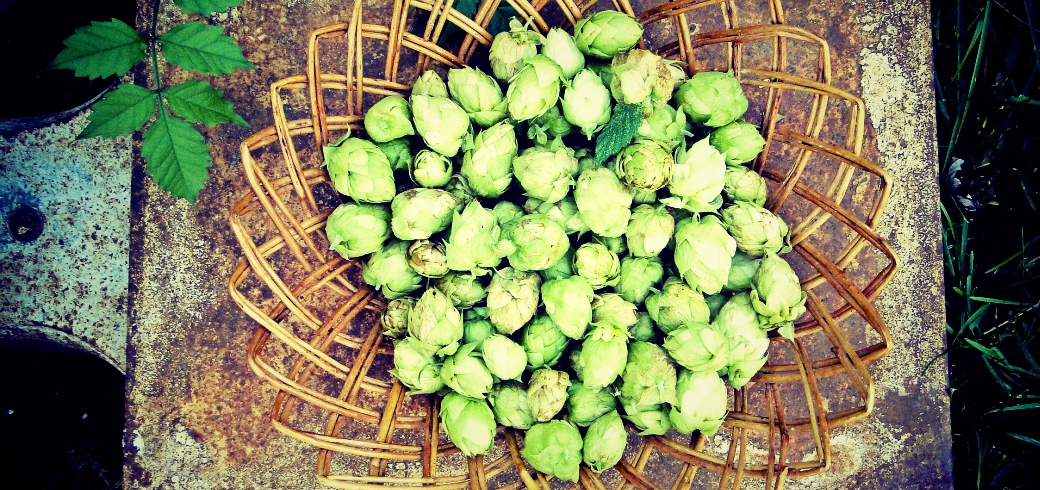There are hoppy beers, and there are malty ones. Do you know how to tell the difference?
Despite the growing popularity of craft beers that can contain anything from burnt sugar to maple syrup, the basic beer ingredients, as per German beer purity law, are still the same: hops, barley, and water. Since pure water is, in fact, tasteless (and we hope that most breweries use clean water), hops and barley are the elements that define the taste of beer.
Malted grains (usually malted barley) are the primary “substance” of any beer. Grain is the source of the sugar that yeast ferments into alcohol. Slightly oversimplifying, we can say that the more sugar you add, the higher beer alcohol content you get as a result. And, since you cannot convert 100 percent of sugar into alcohol, beers with more alcohol are usually sweeter. There are also some differences in the taste of beer that depend on the specifics of the grain malting process, but we will leave it aside for now. In the end, the beer is “malty” if it tastes mostly sweet and grainy.
Now, let’s talk about hops. Historically, hops were added to beer due to their antimicrobial properties, so that beer would stay fresh longer. Hops have a characteristically bitter taste; the more hops we add, the more bitter the beer gets. There are, of course, other ways to control bitterness (for example, by increasing or decreasing the boiling time). Also, hops can be added to the beer in several stages: first to add flavor and later to produce aroma. Depending on the type of hops, different kinds of bitter taste can be achieved, from grapefruit bitterness to more pine-like flavors.
There is an important caveat here. In dark beers (stouts and porters) some of the bitterness can come from the roasted malts. This a very different kind of bitterness like the one you can find in a cup of strong coffee. You can easily distinguish this “burnt” bitterness from the fresher bitter taste of hops.
The hugely popular IPA (India Pale Ale) beer style is a typical example of a hoppy beer. Some hoppy beer recipes produce the beer that is hoppy but not too bitter. In such recipes hops are added mostly for aroma, at the later stages of the brewing process.
There is also a beer-like almost non-alcoholic beverage in Japan called Hoppy but is is not ever a real beer.
